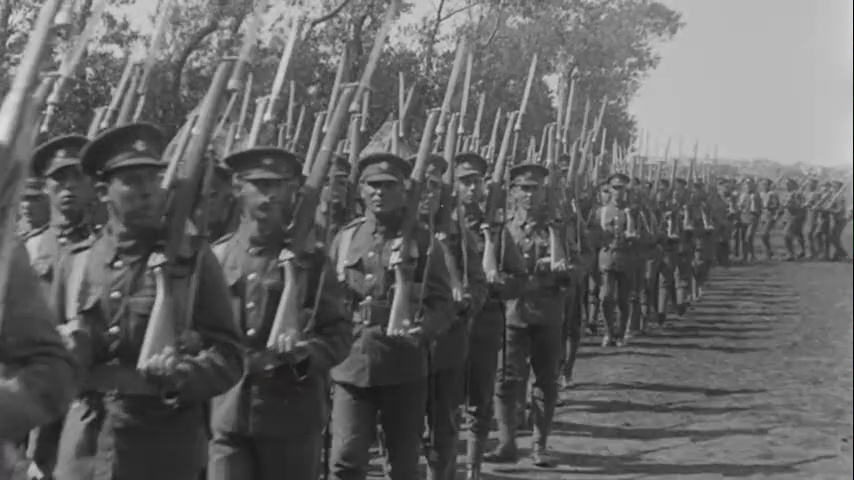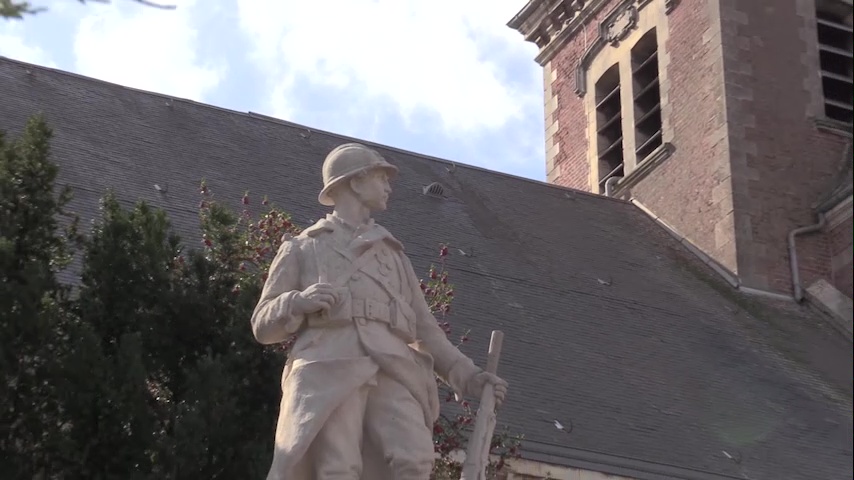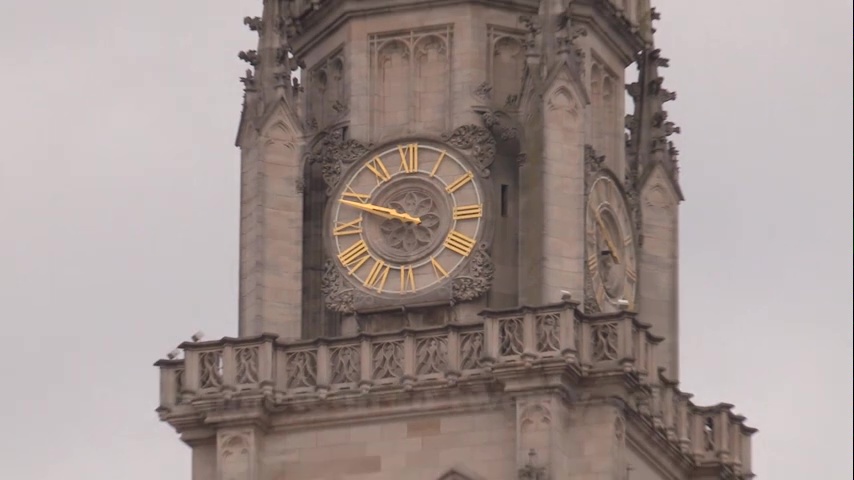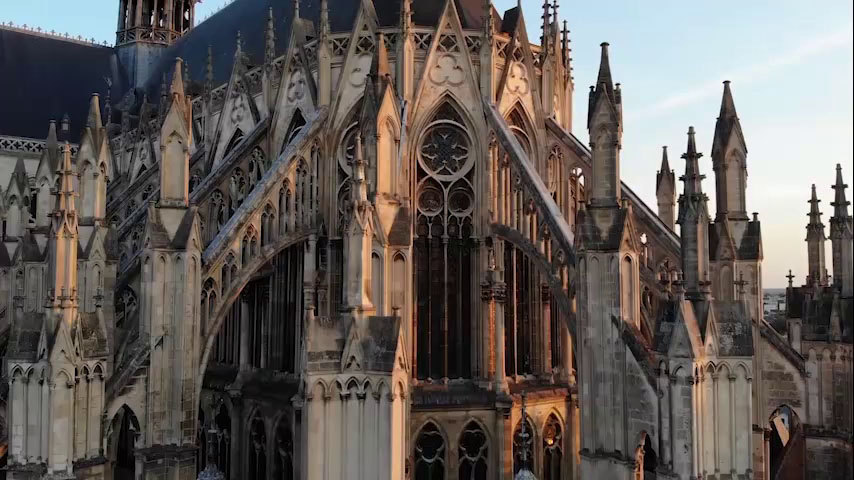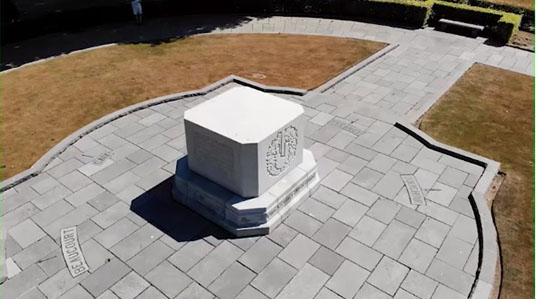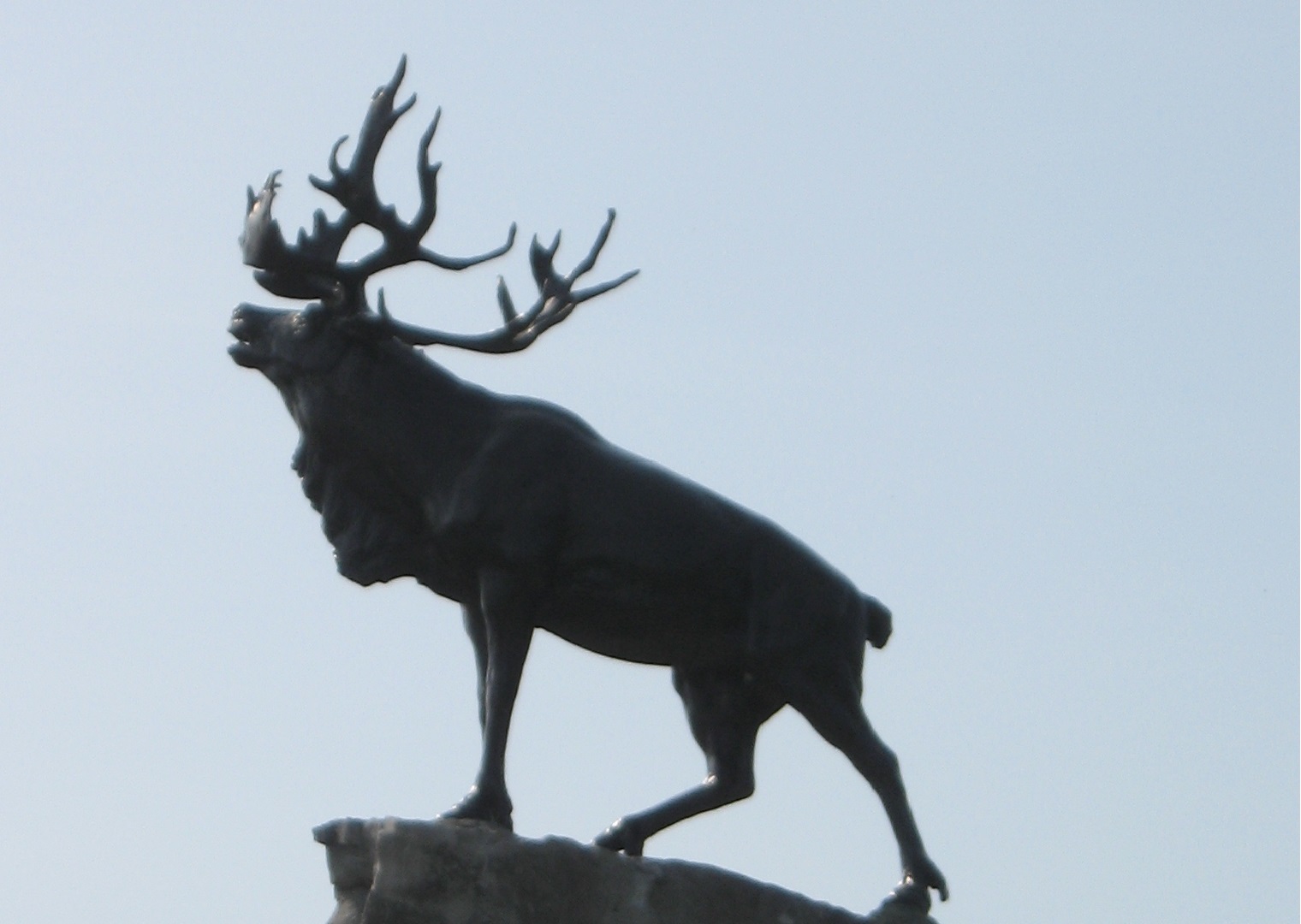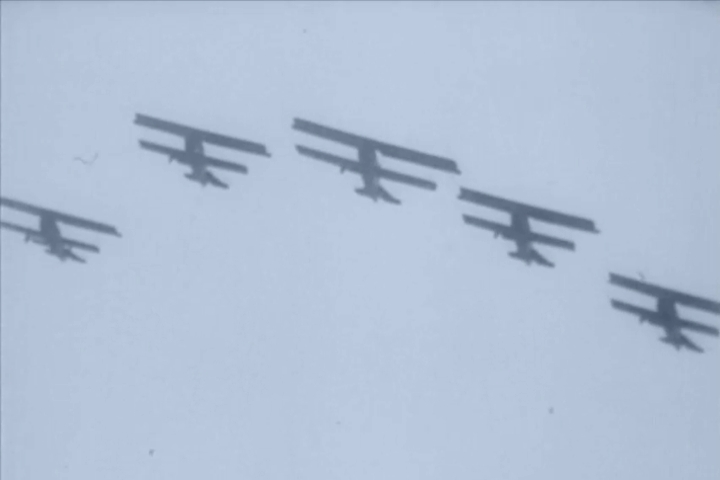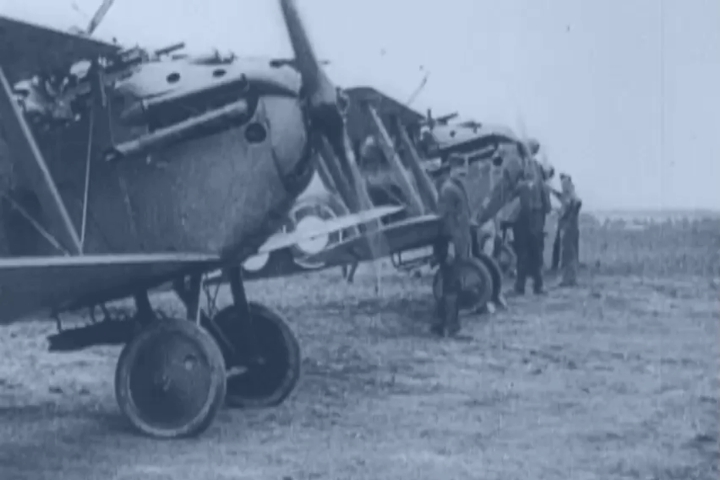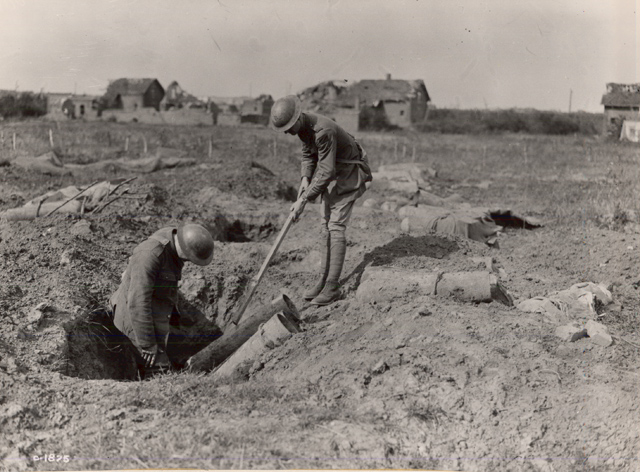Cavalry and Tanks
First World War
Cavalry and Tanks
Transcript
A soldier standing with a horse
Horses running over the rough terrain with debris scattered all around
A group of horses marching in line and many soldiers and horses standing among equipment
Essential tools of war for over 5,000 years began to see the end of their usefulness during the First World War.Soldiers riding horseback in line coming from a buidling
At the onset, many predicted that leaps in technology would spell theSoldier saddling up a horse putting a cover over the horse's mouth
end of mounted warfare,Soldiers walking horses to trough of water
but cavalry units were still very much part of attack strategies on allHorses held by soldiers and horses coming through the gates
sides of the conflict. However, at the battle of Cambrai in 1917,Piles of ammunition line the ares with horses and wagons in the background
the first Allied cavalry charge to be trulyGroup of soldiers get on their horses back and march off
mowed down by Central Powers’ machine-gunSoldiers riding horses with some horses only carrying gear
fire had everyone rethink their use, and fast!Two soldiers walk the wounded
Trench warfare also made them redundant.Rough terrain
Anyone trying to charge through a mazeBlasts of smoke in the distance overlooking rough terrain
of dugouts, tunnels and barb wire wouldn’t get far.Horses being ridden over the rough terrain with blasts of artillery firing behind them
Soldiers walking with horses and wagons towards a barbwire fence
This marked a transition period. Horses still played a significant roleSoldiers on foot leading horses carrying supply of equipment on their back
Horse and wagon caravan going at a fast pace through rough terrain
throughout the war but mostly for reconnaissance,Soldiers riding horse and wagon pulling artillery and supplies
carrying messages, pulling artillery, ambulances, field kitchens and supply wagons through deep mudSoldiers walking with horses through the mud and rough terrain
and rough terrain.Horses pulling wagons through rough terrain and wheels hitting the mud holes
A new tool of war was about to replaceHorses tethered on the roadside
the horse in shock tactics: the tank.Soldiers riding horseback getting away from the distant blasts of artillery fire and black clouds of smoke
Front view of the tank
Tanks didn’t succumb toTank travelling over rough terrain with blasts of artillery and black smoke firing in the distance
machine gun fire.Rounds of ammunition going through machine gun as it fires artillery
Tanks didn’t get skin conditions orView underneath the tank of heavy rubber tracks riding over the rough terrain
Soldier dressing the wound of the leg of an injured horse
need veterinary hospitals. Tanks’ dead carcasses didn’t cause disease.Soldier maintaining operation of the tank
Dead horse carcasses lay on the ground while soldiers repair the damaged wagon
Tanks left no waste contributing to poor hygiene in camps.Soldier's camp set up constructed on side of mountain, smoke coming from the make shift flu
Progressively tanks took over the roleA line up of tanks on their side
of horses, but not completely.Tank in motion going towards rough terrain
On March 30, 1918 a Canadian regiment,Tanks showing defensive action while blasts of artillery is fired with huge clouds of black smoke
Soldier riding horseback while a parade of soldiers is marching in the background.
Lord Strathcona's Horse,A group of soldiers and horses pulling wagons
led one of history's last great cavalry charges against superior German positions,Stampede of horses travelling across the rough terrain
well protected by machine guns,Soldiers crouched down protecting themselves from machine gun fire
at Moreuil Wood. The Germans surrendered,Group of soldiers marching on
but seventy-five of the Canadian soldiers were killed or wounded.Soldiers loading the stretchers of wounded comrades onto the back of Red Cross ambulances
Nursing sisters caring for the wounded
Symbolically, and soon very practically,Tanks going over the rough terrains causing clouds of grey smoke
the era of the horse was over. The future belonged to the tank -- and to armoured regiments. But many Canadian armoured regimentsSoldiers on the back of tanks
proudly strut their equine past to this day --Soldier engraving the Canadian Maple Leaf logo on back of tank while another soldier looks on
like Lord Strathcona's HorseSoldier rides by on horesback
Group of soldiers riding horseback
(Royal Canadians), the very unitHuge number of soldiers stand by as caravan of horses and wagons go by
Huge cavalry of horses stampede the countryside
that led that last cavalry charge.Description
Narration on archival images evoking the use of horses during the First World War and the passage of cavalry charges to tanks.
Meta Data
- Medium:
- Video
- Owner:
- Veterans Affairs Canada
- Recorded:
- November 4, 2015
- Duration:
- 2:11
Related Videos
- Date modified:



.png)
